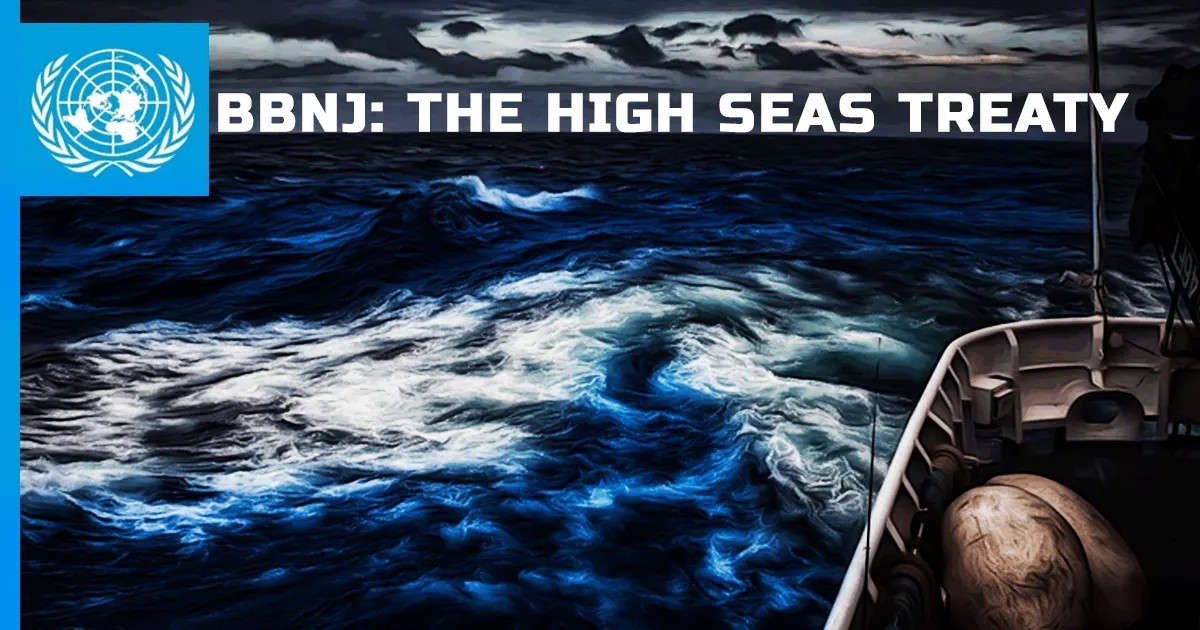India Delays Ratification of High Seas Treaty
India Delays Ratification of High Seas Treaty
Why in the News?
At the ongoing UN Ocean Conference 2025 in France, India indicated that it is unlikely to ratify the High Seas Treaty (BBNJ agreement) during the session. Although signed in 2024, ratification is pending due to legal and policy revisions.
About the High Seas Treaty and India’s Position:
- The High Seas Treaty (BBNJ – Biodiversity Beyond National Jurisdiction) governs marine biodiversity beyond national jurisdictions like EEZs.
- India signed the treaty in 2024, but ratification is delayed as it requires amendments to the Biological Diversity Act and parliamentary approval.
- 49 countries have ratified it so far; 60 ratifications are needed for the treaty to come into force.
- India is likely to take it up after the Monsoon Session (July–August 2025).
Contentious Issues in the Treaty
- The sharing of marine genetic resources in the high seas remains a key challenge.
- High seas are beyond any nation’s control and house rare marine biodiversity.
- Equitable sharing of benefits from future commercial use of these resources is not yet finalised.
- Treaty implementation depends on consensus over fair access and benefit-sharing mechanisms.
India’s Marine Commitments at UN Conference
Union Minister Jitendra Singh highlighted India’s advancements in marine technology and conservation:
- Samudrayaan Mission: Human submersible trial by 2026 to reach 6,000-metre depth.
- Blue Economy: Over $80 billion investment announced.
- Global Plastics Treaty: India reiterated the need for a legally binding agreement.
- Launched SAHAV digital ocean data portal for enhanced marine governance.
About the BBNJ (High Seas) Treaty:
- What It Is: Third implementing agreement under UNCLOS, focused on marine biodiversity beyond national jurisdictions.
- Objective:
- Protect high-seas biodiversity.
- Ensure equitable benefit-sharing of marine genetic resources (MGRs).
- Mandate Environmental Impact Assessments (EIAs) for high-seas activities.
- Coverage: Applies to 64% of global oceans, beyond 200 nautical miles from EEZs.
- India’s Status: Signed in 2024, but ratification pending.
- Need for Treaty:
- Only 1.44% of high seas protected.
- Addresses unregulated activities: mining, overfishing, pollution.
- Prevents monopoly by developed nations, supports Global South equity.






